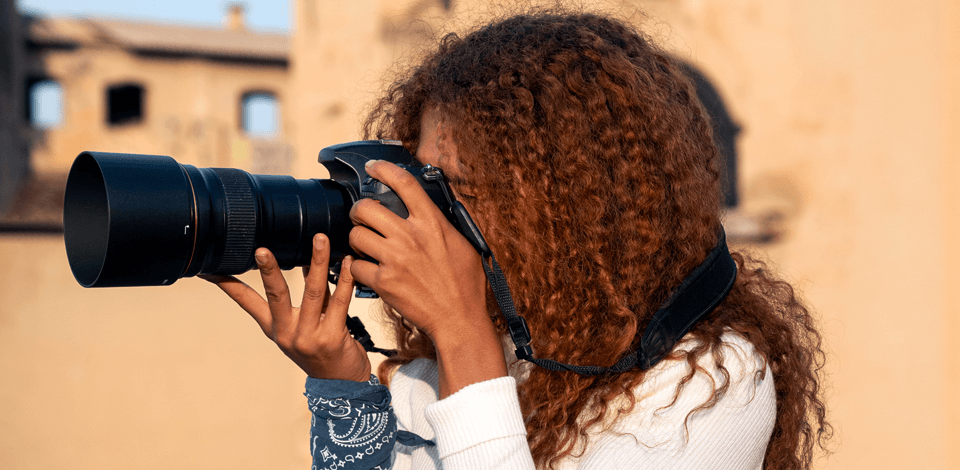
Taking great telephoto photography can be tricky because telephoto lenses have a smaller area in focus. This means you need to focus carefully, especially in low light or when photographing detailed subjects, as even small mistakes in focusing can make your pictures blurry.
However, it gets easier once you learn some simple tricks. I’ve used a telephoto lens for many years in several types of photography, and I’ve made a list of my favorite equipment and developed techniques that can help improve your telephoto photography.

Telephoto photography is a way to take pictures of subjects that are far away and make them look much closer with special lenses that have long focal lengths. Unlike short lenses that make nearby things look bigger, telephoto lenses help you capture distant things like animals, people, or mountains, and make them appear closer and more detailed.
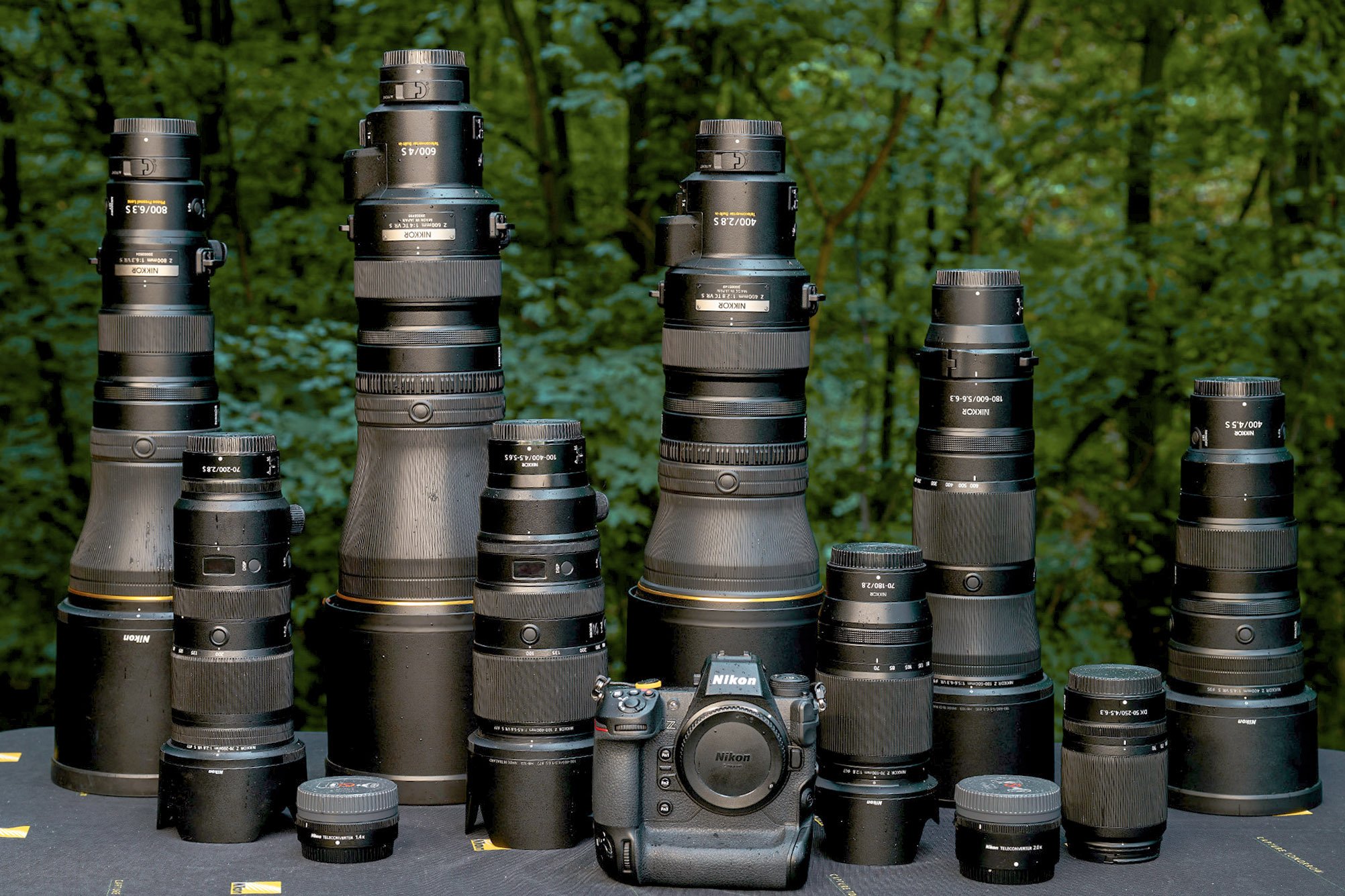
A telephoto lens is a type of long-focus lens that lets photographers use a focal length that's longer than the lens itself. You can attach a telephoto lens to the body of your SLR or DSLR camera, or even to a smartphone camera.
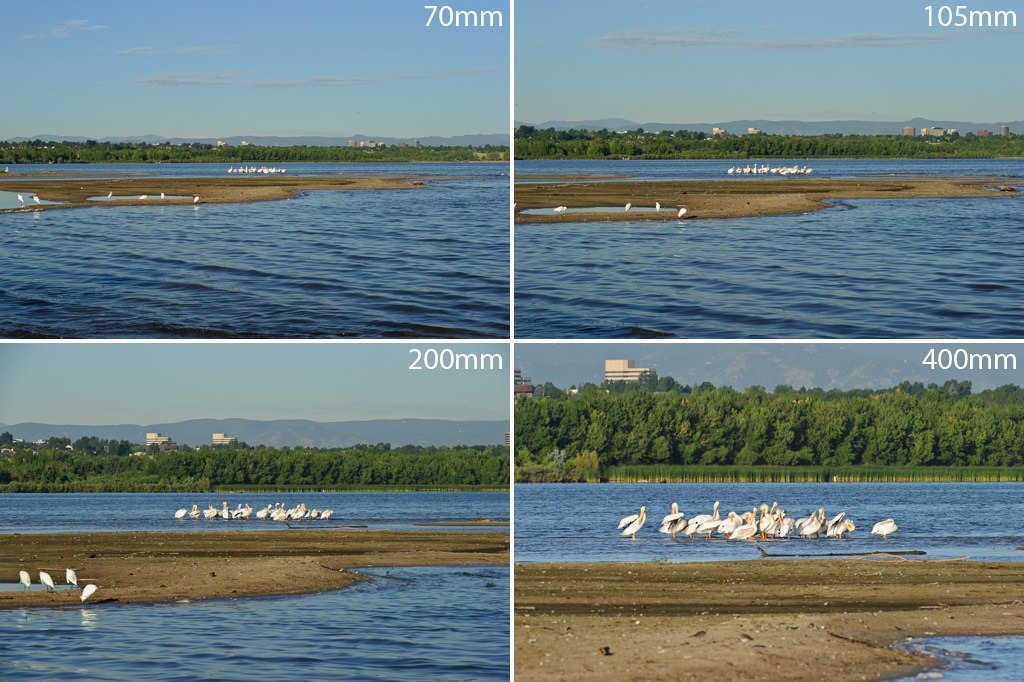
A telephoto lens makes things in a photo look closer than they really are. This is useful for telephoto photography as sometimes photographers can't get close to their subjects because of physical limits or safety concerns. These lenses are also great for artistic effects, as they can create strong differences in focus between what’s close to the camera and what’s far away.
You can change the zoom on a telephoto zoom lens to different focal lengths, but a prime lens only works at one specific focal length. Zoom lenses are flexible, but prime lenses usually have a wider maximum aperture and can create sharper pictures.
If you need a lens with a wide aperture or sharper images, a prime lens is better. For instance, bird photographers often use a 500mm prime lens.
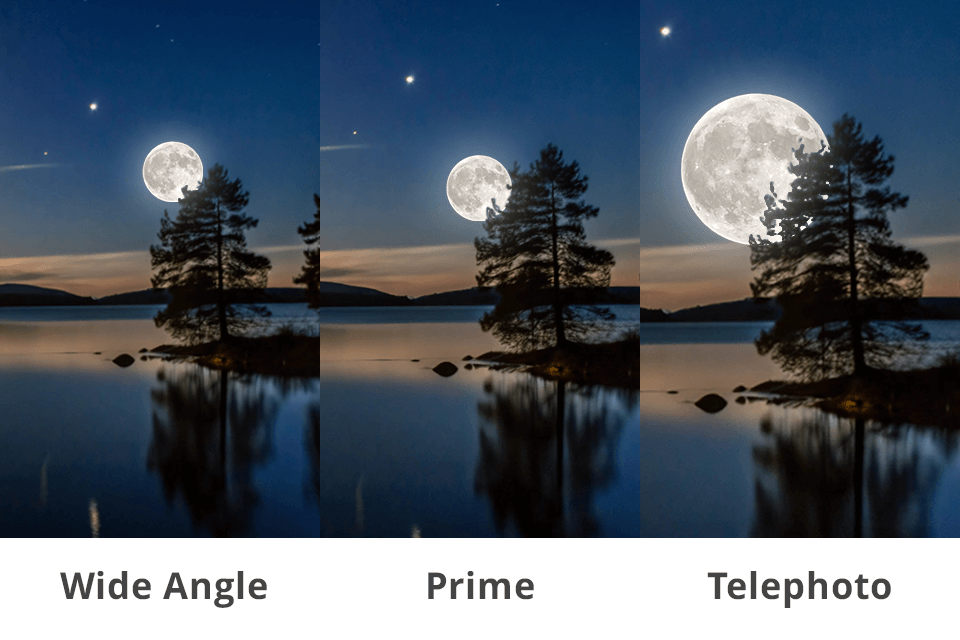
As it comes from telephoto lens definition, it makes the focal length longer. It’s mostly used to capture far-away objects clearly and with lots of detail, something that used to only be possible when taking photos up close.
A wide angle lens makes the camera capture the scene horizontally. This can make a photo look more like what we see with our eyes.
However, wide-angle lenses can also distort how things look in the picture. They usually have a deeper focus, so they aren’t as good as telephoto lenses for shots where you want only the subject to be in sharp focus, like in portrait photography.

The zoom power of a telephoto lens is important for capturing details of animals without scaring them. I think that for wildlife photographers, a telephoto lens is the most important tool they can have. However, the bigger the lens, the more expensive it is, so photographers have to find a balance between how close they want to get to animals and what they can afford.

Recommended lenses:
✔️ Canon EF 100-400mm f/4.5-5.6L IS II USM is a great lens because it’s flexible and provides excellent image quality. It has outstanding image stabilization and quick autofocus, making it easy to take clear pictures even in tough wildlife photography conditions.
✔️ NIKKOR Z 100-400mm f/4.5-5.6 VR S is a Nikon telephoto lens made for Z-series mirrorless cameras. It gives sharp images, has a good zoom range, and is built to handle different weather conditions.
✔️ Sony FE 200-600mm f/5.6-6.3 G OSS is made for Sony’s full-frame mirrorless cameras. It offers long zoom, sharp images, fast autofocus, and good image stabilization.
✔️ Sigma 150-600mm f/5-6.3 DG OS HSM | S is well-known for its great image quality and flexibility. It’s sturdy and has good stabilization for handheld shots.
✔️ Tamron 150-600mm f/5-6.3 Di VC USD G2 is one of the best budget telephoto lens for wildlife photography with a long zoom range and effective vibration control.
Lenses to avoid:
❌ Canon RF 100-400mm f/5.6-8 IS USM has a maximum aperture of f/8 at its longest zoom, which makes it harder to use in low-light situations. The autofocus is also slower, making it almost impossible to take clear pictures of fast-moving subjects like birds or other wildlife.
❌ Panasonic Lumix G Vario 100-300mm f/4-5.6 II Power OIS has a good zoom range, but its aperture (f/4-5.6) can be too slow for taking pictures of fast-moving subjects or in low light. Also, the shorter zoom might not be enough to capture animals that are far away.

In sports, the action is often far away, so using a telephoto zoom lens is important for sports photography. The wider zoom lets you take pictures of the action happening near you, like on the sidelines, while the longer zoom helps you focus on the action happening farther away, like across the field or near the goal.
A lens that can switch between wide and telephoto is useful for indoor sports like basketball, where the action can get close in smaller spaces.

Recommended lenses:
✔️ Canon EF 70-200mm f/2.8L IS III USM is a well-known Canon telephoto lens. It takes sharp photos and focuses quickly, which is great for capturing fast sports action. It also has good image stabilization and is built to last.
✔️ Nikon AF-S NIKKOR 200-500mm f/5.6E ED VR is a good telephoto lens for sports photography that helps reduce camera shake, so your pictures stay sharp even in different light conditions.
✔️ Tamron SP 150-600mm f/5-6.3 Di VC USD G2 is a great budget-friendly super-telephoto lens for sports photography. It’s a good option because it has a wide zoom range and helps reduce camera shake.
✔️ HD Pentax-D FA 150-450mm f/4.5-5.6 ED DC AW has a good zoom range and is well-sealed against the weather. It takes sharp photos and focuses quickly.
✔️ Olympus Zuiko 75-300mm f/4.8-6.7 II works with Micro Four Thirds cameras and gives you a zoom range like 150-600mm. It's light and affordable, but you need to handle it carefully, especially at longer zoom levels, to get sharp pictures.
Lenses to avoid:
❌ Tamron 18-400mm f/3.5-6.3 Di II VC HLD has a zoom range that might be too slow at longer zoom levels. This can make it hard to get clear shots of moving subjects, especially in low light. The 400mm zoom might not be enough to capture very distant subjects.
❌ Fujifilm XF 100-400mm f/4.5-5.6 R LM OIS WR has a variable aperture, which can make it hard to take clear shots in low light and freeze fast-moving action. It may need a higher ISO to keep the shutter speed fast enough, and the 400mm zoom might not be enough for distant subjects.
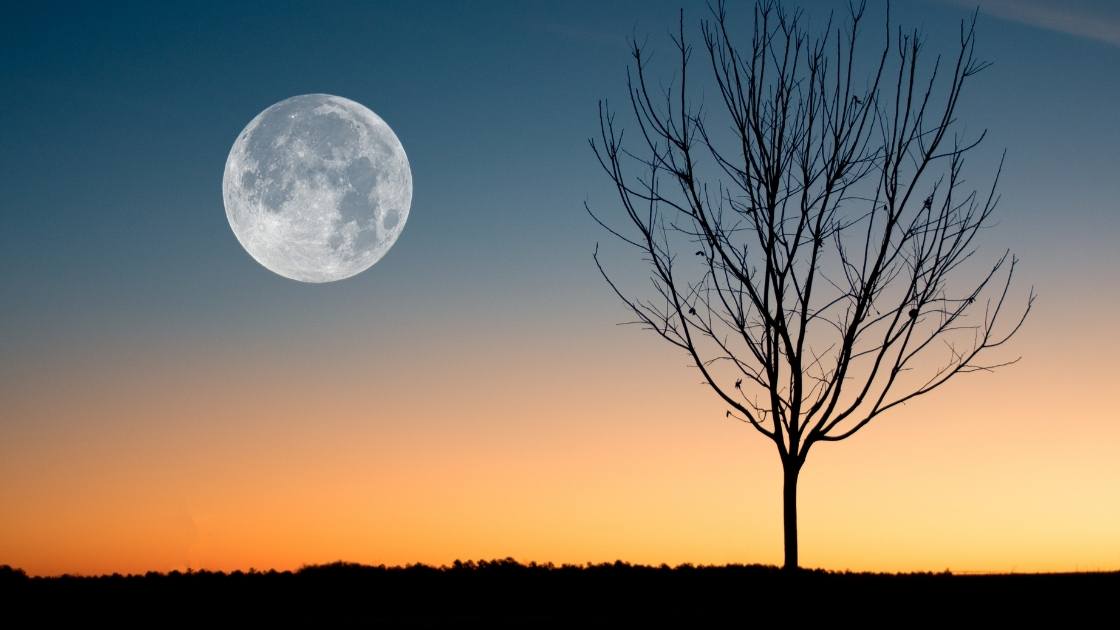
Based on the telephoto lens meaning in photography, your camera can act like a small telescope, letting you photograph the moon, stars, and even different planets.
However, even the tiniest movement can make these photos blurry, so be extra careful. Use your camera's mirror lock-up, and if it has an electronic shutter, turn it on to help avoid any shaking.

Recommended lenses:
✔️ Nikon NIKKOR Z 100-400mm f/4.5-5.6 VR S is designed for Nikon's Z-mount mirrorless camera. It gives you sharp, clear photos with very little ghosting or flare, and its special image stabilization helps you get detailed shots of the moon, even when conditions are tough.
✔️ Canon EF 100-400mm f/4.5-5.6L IS II uses high-quality glass to reduce color problems and has strong image stabilization to keep your photos sharp.
✔️ Sigma 100-400mm f/5-6.3 DG OS is a budget-friendly lens for astrophotography. It gives you a good zoom range and has a built-in stabilizer to help you take clear pictures in low light.
✔️ Sony FE 100-400mm f/4.5-5.6 GM works well with Sony’s full-frame mirrorless cameras. It’s very sharp and focuses quickly. It’s also built to handle outdoor conditions, making it one of the best telephoto lens for moon photography.
✔️ Fujifilm XF 100-400mm f/4.5-5.6 R LM takes great photos and has a flexible zoom range. It’s light and can handle different weather, making it a good choice for taking pictures of the moon in various conditions.
Lenses to avoid:
❌ Canon EF 75-300mm f/4-5.6 III USM has a changing maximum aperture, which means it doesn’t let in much light and can make moon pictures less clear. It also doesn’t capture as much detail as better telephoto lenses.
❌ Nikon AF-P DX NIKKOR 70-300mm f/4.5-6.3G ED VR has trouble in low light, so it’s hard to take sharp moon photos. It doesn’t perform as well as more specialized super-telephoto lenses.

People often think that wide-angle lenses are the best for landscape photography, but you shouldn’t just use these lenses when photographing landscapes. If you take a lot of landscape pictures, you'll see that sometimes a wide-angle lens isn't enough to get the shot you want.

Recommended lenses:
✔️ Canon EF 70-200mm f/4L IS II USM lens is a great lens for landscape photography. It’s light, sharp, and gives clear pictures, making it popular with photographers who use mirrorless cameras.
✔️ Sony FE 70-200mm f/2.8 G is known for being very sharp and focusing quickly. It’s perfect landscape photography telephoto lens for capturing exciting and detailed pictures.
✔️ Nikon AF-P 70-300mm f/4.5-5.6E ED VR lens lets you zoom in far and is good for many different types of landscape and nature photography, especially when you need to get close to distant subjects.
Lenses to avoid:
❌ Sigma 70-300mm f/4-5.6 DG Macro has a zoom range that gets pretty small at the long end (f/5.6), which means it doesn’t let in much light. This can make it hard to use fast shutter speeds and get sharp landscape photos.
❌ Nikon AF-P DX NIKKOR 70-300mm f/4.5-6.3G ED VR lens is also not the best telephoto lens for nature photography.

Telephoto lenses are great for macro photography, especially when used with extension tubes. These lenses create nice blurry backgrounds and help you focus on small objects without getting too close.
The only problem of macro photography with telephoto lens is that it sometimes can’t focus close enough, but using extension tubes solves this issue by letting you get closer to your subject without losing image quality.

Recommended lenses:
✔️ Tamron SP 90mm F/2.8 Di Macro 1:1 is great for taking very detailed close-up photos of small things. It can zoom in so much that it shows tiny details clearly, and it works well in low light because of its fast f/2.8 aperture.
✔️ SIGMA 150-600mm F5-6.3 DG DN OS | Sports lens can also take close-up shots at its shorter zoom settings. It has a strong build and helps reduce camera shake.
✔️ M.Zuiko Digital ED 40-150mm F2.8 PRO has a steady f/2.8 aperture and takes sharp, high-quality photos. It's built to handle different weather conditions and can focus pretty close.
✔️ Canon EF 500mm f/4L IS II USM + EF 1.4 III Extender. This combination can take detailed shots from far away. It's not a true macro lens, but with the extender, it can take close-up images from a distance without bothering your subject.
Lenses to avoid:
❌ Nikon AF-S DX NIKKOR 55-200mm f/4-5.6G ED VR II lens doesn’t let in much light, which makes it hard to get clear close-up photos. It can’t focus close enough to show tiny details at a 1:1 magnification, which is needed for true macro shots.
❌ Canon EF-S 55-250mm f/4-5.6 IS STM also has trouble in low light, which is often needed for macro photography. It’s more suited for regular telephoto shots rather than detailed close-up work.

Telephoto lenses aren’t commonly used for urban photography, but that doesn't mean they aren’t good. In some cases, they can be useful. The pros of using them are that you can take pictures without being noticed, photograph things far away, capture small details, and get a compressed look in the shot that telephoto lenses offer.
So, if you're okay with the fact that telephoto lenses are heavy, have wider maximum apertures, there is an opportunity to use a faster shutter speed, and that street photos taken with these lenses feel less close or personal, then you can give it a try.

Recommended lenses:
✔️ Fujifilm XF 55-200mm f/3.5-4.8 R LM OIS lens is a flexible zoom lens for Fujifilm cameras. It can zoom from 84mm to 305mm, which is great for taking photos from far away. It’s compact and has image stabilization, making it a good lens for street photography because you can capture people without them noticing.
✔️ Canon EF 200mm f/2.8L II USM is a fixed lens that gives very sharp pictures and works well in low light because of its fast f/2.8 aperture. With its 200mm zoom, this Canon telephoto lens can blur the background nicely and is perfect for taking clear pictures from a distance.
✔️ Canon EF 85mm f/1.8 USM is great for taking portrait and street photos. It’s good for close-ups and has a wide f/1.8 aperture, which helps in low light. It’s a popular choice for street photography because it’s small and easy to handle.
Lenses to avoid:
❌ Canon EF 70-200mm f/4L IS II USM is big and heavy, which makes it hard to use in crowded places like city streets. It can also attract attention and make it harder to take natural photos of people going about their day.
❌ Nikon AF-S NIKKOR 200-500mm f/5.6E ED VR lens is also bulky and long, making it tough to quickly adjust and take pictures of fast-moving subjects or brief moments.
One problem with using these lenses is that the longer zoom makes even small camera movements cause blurry pictures, especially if you're using slower shutter speeds or holding the camera in your hands.
Also, these lenses are often bigger and heavier than regular ones, so they can be hard to carry around for a long time. However, with some telephoto photography tips, you can make shooting with them easier.

Telephoto lenses are heavy, which makes them more likely to shake. Because they are long, they also make any small shake look bigger. That's why I suggest using a tripod for heavy lenses. Although tripods might be annoying and make it harder to move around, they will keep your camera steady, so your pictures come out clearer.

If you don't want to use a tripod, you can try a camera monopod instead. It's lighter, easier to move, and still helps with stability. Plus, using a tripod or monopod can help save your back and arms from getting tired.
If you don't have your camera on a tripod, a fast shutter speed can help you get a sharp picture. A simple rule is to set your shutter speed to match your lens.
For example, if you're using a 400mm lens, your shutter speed should be 1/400 of a second. But if you need a slower shutter speed to let in more light, you'll have to use a tripod or increase your ISO to get a good shot.
This feature, called vibration reduction, helps keep your photos from getting blurry. Since telephoto lenses are long and heavy, they can shake a lot. If you’re not using a tripod, make sure the image stabilization on your camera with IBIS is on to avoid blurry pictures.

Another way to stop the camera from shaking is to use a timer or remote to take the picture instead of pressing the button on the camera. I use a wireless camera remote, and since I’ve lost a few, I buy cheap ones — you can get three for about $15.

Telephoto lenses make everything in a photo look flat and close together. This means you can put a person up close and a mountain far away in the same picture, and they’ll look like they’re on the same level.
You can also use this effect to create cool pictures, like making a tree and the moon look like they’re right next to each other. But remember, wide-angle lenses are better for showing how far things are from each other.

Telephoto lenses help you zoom in close to your subject. You can use this to show amazing details, especially with things like wildlife. So, a little telephoto photography tip: make sure to use this ability to capture those fine details that make your photos stand out.
But don’t just stick to zooming in on animals. Try zooming in on other things, like buildings, people, and landscapes. Sometimes, zooming in too much isn't the best idea, and it might be better to show the subject with more of its surroundings. Still, starting with a tight zoom can be a great way to capture various details.
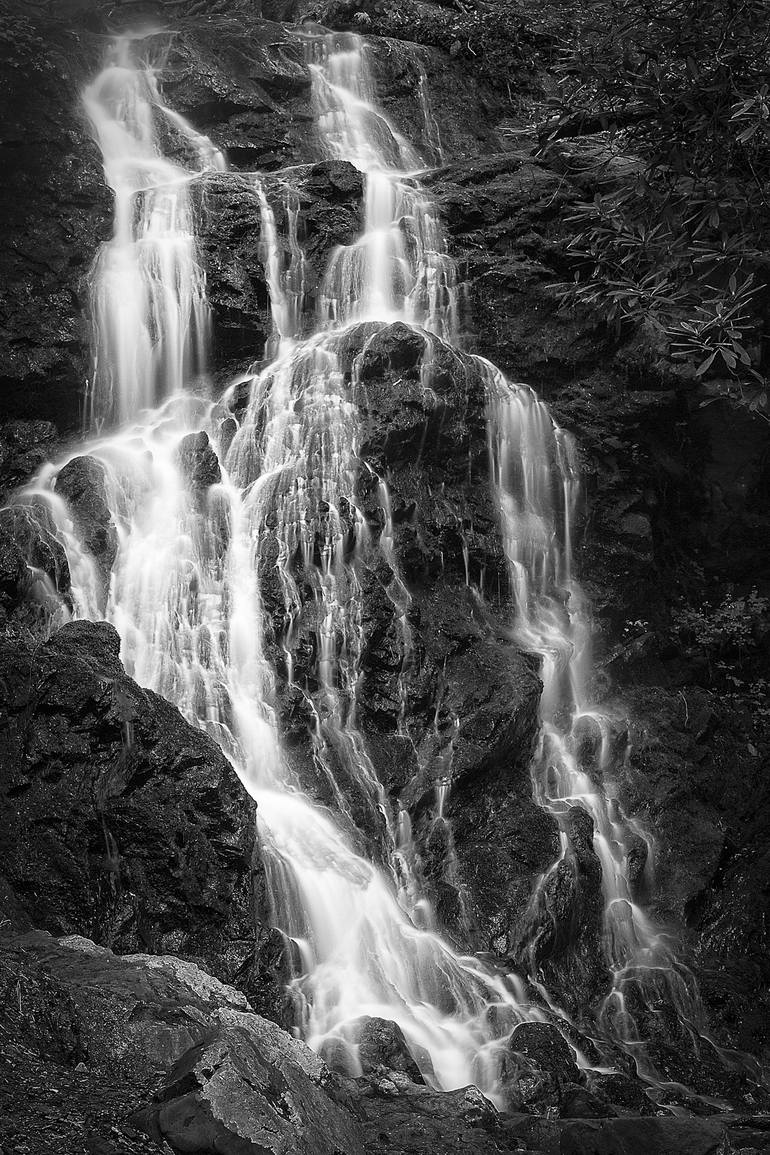
When using your telephoto lens, try separating interesting parts from their background. For example, you can get close-up animals or bird photographs, which is good. But you can also use the lens to zoom in on specific parts of a landscape, like a mountain or a waterfall.
Some of the best landscape photos come from carefully focusing on just one part of the scene, and telephoto lenses are great for this. You can still include other parts of the landscape but think about what’s most important in your photo and what you actually want to show.
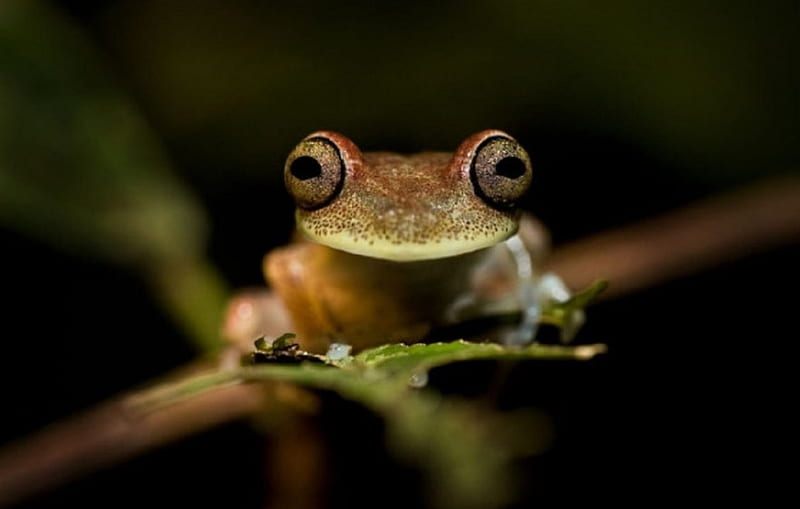
When you use telephoto lenses with long zooms, like 400mm, 500mm, or 600mm, you get very close to your subject. This makes the area you focus on very small, while everything else in the picture becomes a blur.
Due to the compressive effect of telephoto lenses, this background blurb often looks nice and makes your subject stand out.
To get the best blur, make sure there’s a lot of space between your subject and the background. Also, use a wide aperture, like f/2.8 to f/6.3, to make the blur look its best.
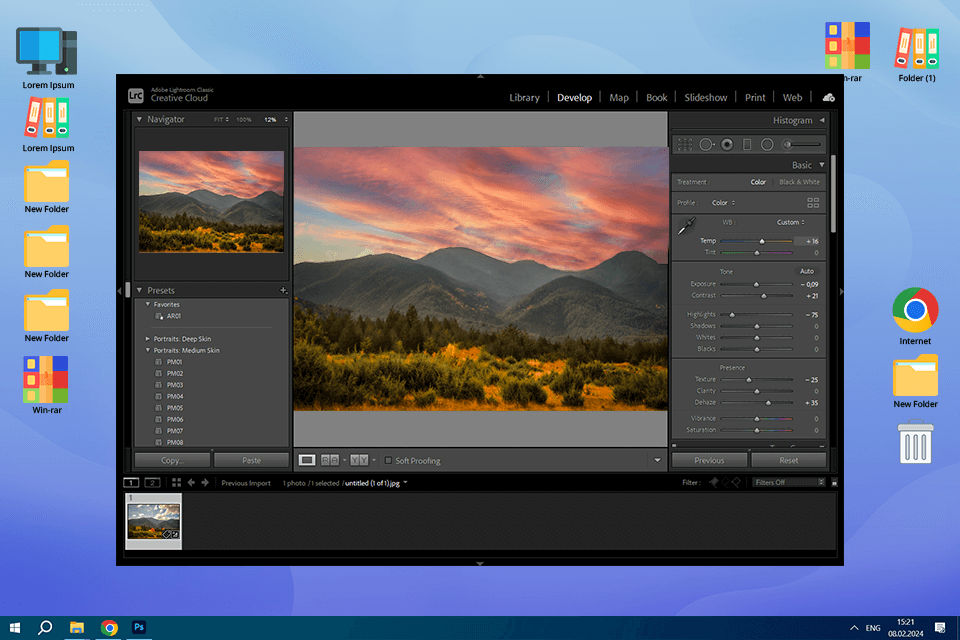
When I return home from taking photos, I use Adobe Photoshop Lightroom to help organize and edit my pictures. First, I go through all the shots and delete blurry or not good ones. When I was new to telephoto lenses, I had more blurry photos because the lens moved, or the tripod wasn’t steady.
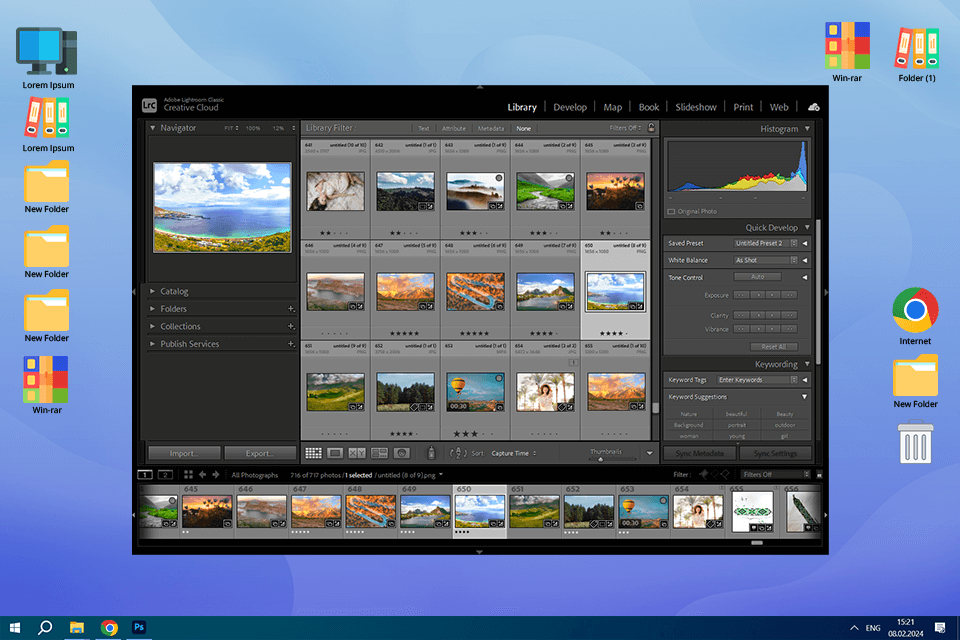
Lightroom helps with this by letting me sort my photos easily. I pick out the best ones in the free photo organizing software and give them star ratings. The images that get four stars or more are the ones I go back and edit.
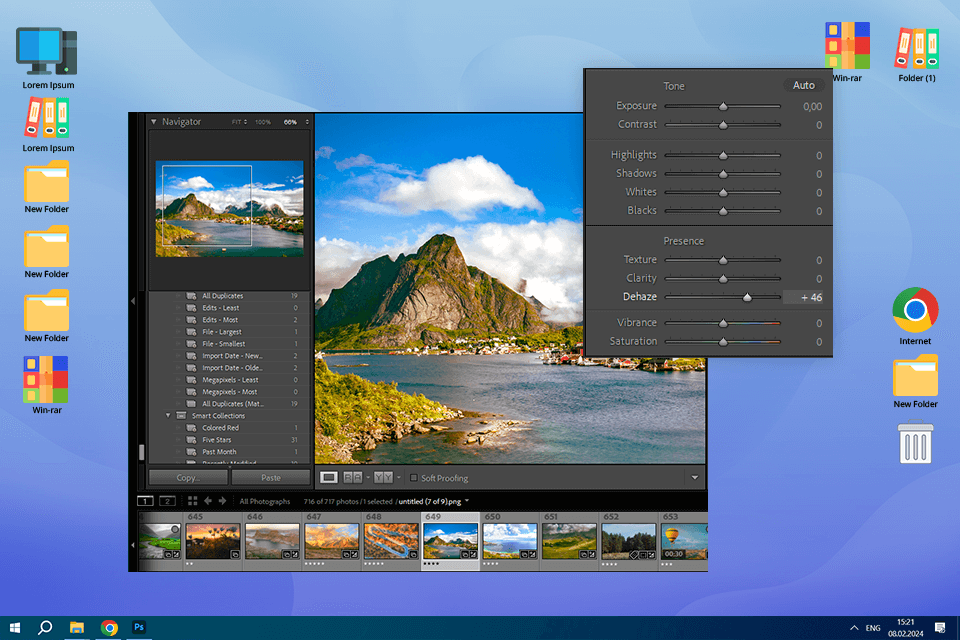
First, I make simple edits to fix the colors, highlights, and shadows in my photos. After that, I use the Dehaze tool in Lightroom. Telephoto photographs often have more haze, so I use Dehaze more than with other images. After using Dehaze, I check if the photo looks too colorful. If it does, I might lower the color a little to fix that.
